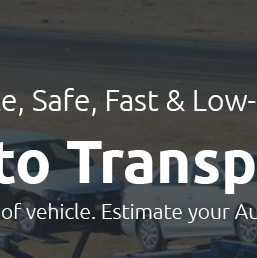 |
|||||
 |
 |
 |
 |
 |
|||||
 |
 |
 |
 |
 |
 |
 |
||
 |
 |
 |
 |
 |
 |
 |
 |
 |
 |
|
ship a car to me: what to expect and how to chooseGetting startedWhen you say, “ship a car to me,” you’re really choosing between a few proven paths. The process is simpler than it looks: request quotes, confirm pickup and drop-off, prepare documents, and hand off the keys. Clear timelines and insurance details matter more than flashy promises. Popular options comparedOpen vs enclosed carriersOpen transport is the budget-friendly standard, great for daily drivers and shorter timelines. Enclosed transport costs more but shields finishes and low-clearance cars from weather and road debris. Broker vs direct carrierAn auto transport broker shops your route to multiple carriers, often yielding faster matches on busy lanes. A direct carrier can be cheaper on set routes but may have limited scheduling flexibility. What to expect
Compare total cost, coverage, and schedule, then pick the balance that fits your timeline and your car’s needs.
|